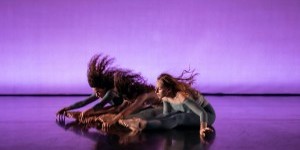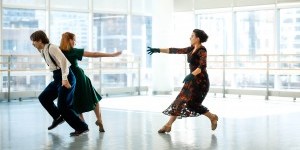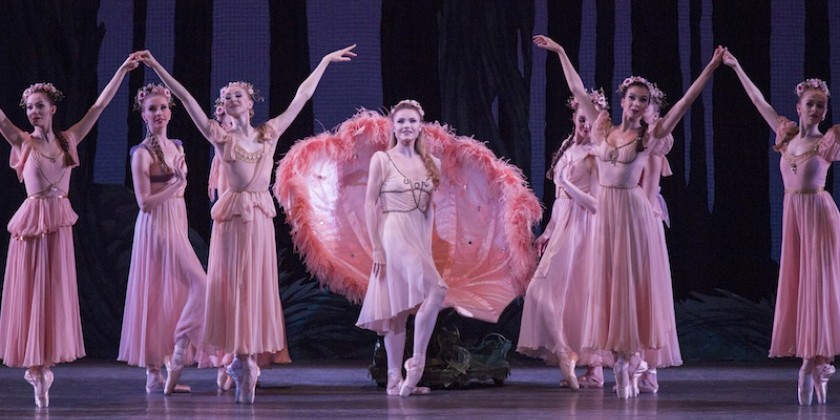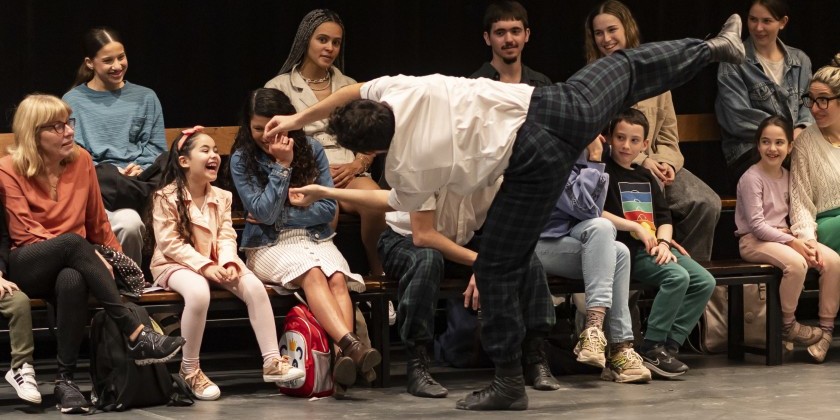IMPRESSIONS: Cherylyn Lavagnino Dance's "The Winters Tale" at The DiMenna Center for Classical Music
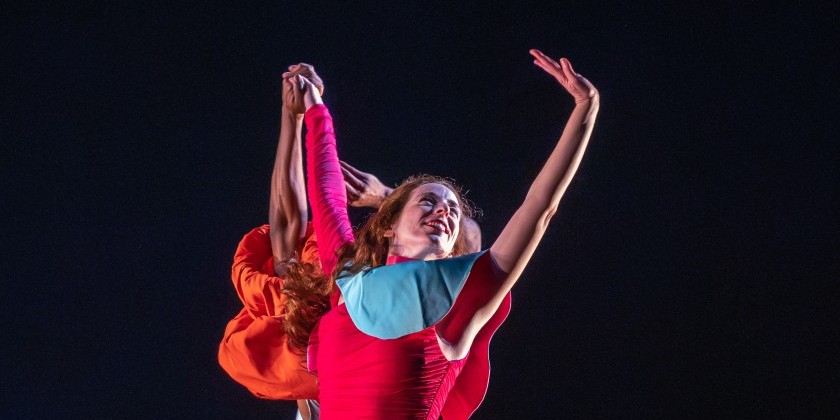
Choreographer: Cherylyn Lavagnino in collaboration with the dancers
Composer: Martin Bresnick
Lighting Designer: Frank DenDanto III
Costume Designer: Karen Boyer
Performers: Alexis Branagan, Arianna Tsivkin, Barrington Hinds, Corinne Hart, Dervla Carey-Jones, Emma Pajewski, Erin Gallagher, Justin Faircloth, Michael Miles, Philip Strom
Musical Artists: Amir Farsi (flute), Brendon Randall-Myers (electric guitar), Elly Toyoda (violin), Graeme Steele Johnson (clarinet), Lisa Moore (conductor), Miriam Liske-Doorandish (cello), Tristan Kasten-Krause (double bass)
Date: June 5, 2024
At the start of her company’s 24th anniversary season at The DiMenna Center for Classical Music, artistic director and choreographer Cherylyn Lavagnino addressed the audience with an important reminder: bring your own experience to the act of viewing. This is an important message for both veteran and fledgling dance enthusiasts. So often I hear from people that they don’t “get” dance and there is anxiety in believing they have to understand exactly what the choreographer is thinking. Lavagnino’s invitation to ‘get what you get’ based on your own personal history not only alleviates that anxiety, but opens up a world of possibility to audiences who may be unfamiliar with her work or with the plot of William Shakespeare’s The Winter’s Tale on which her evening length production is based. A story of improbability, love and forgiveness, Lavagnino tells The Winter’s Tale through a series of classically based movement vignettes imbued with a modern feel.
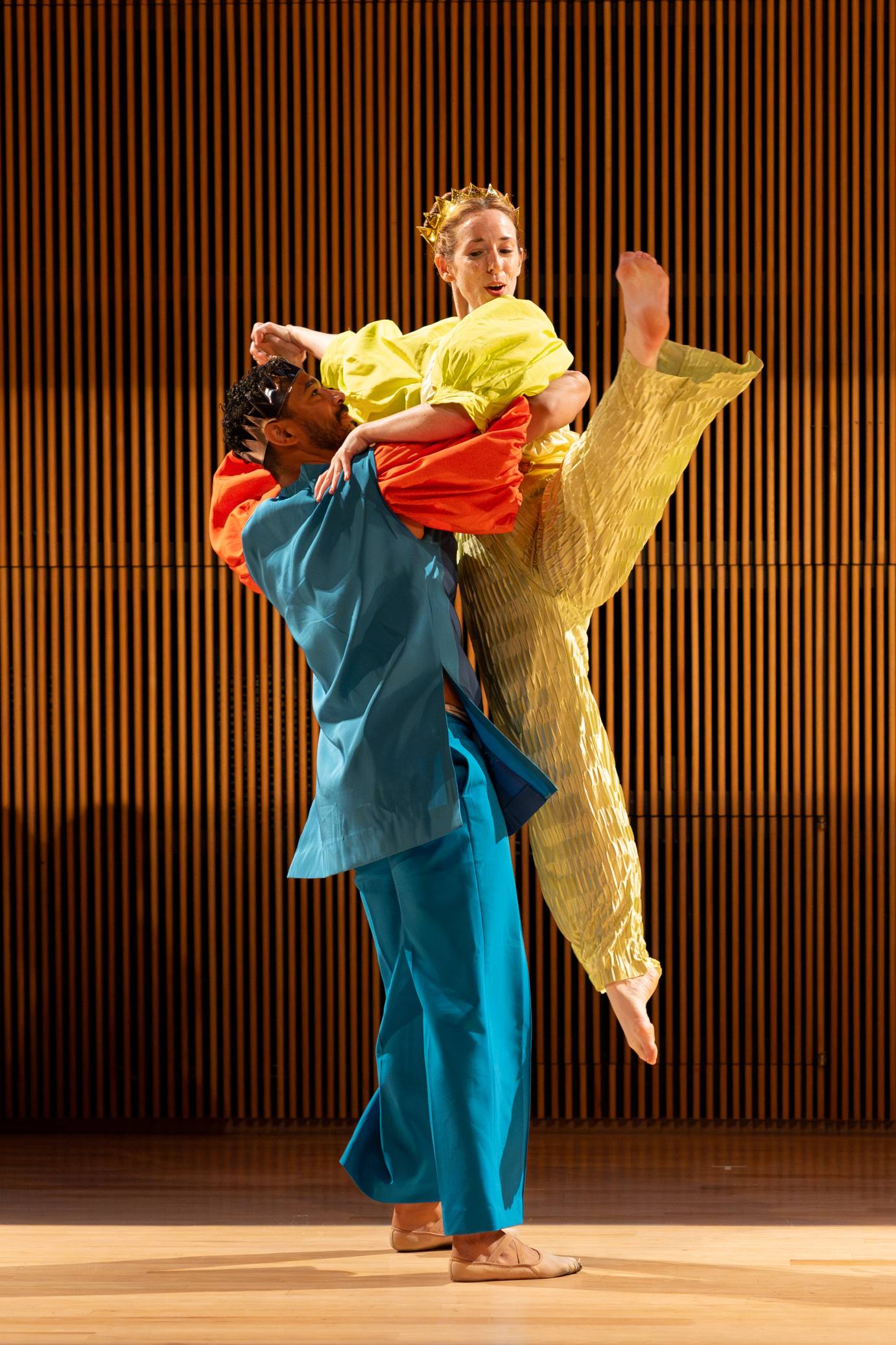
Adapting a five act, four-hundred-year-old play is an ambitious undertaking. Aside from having over a dozen characters, Shakespeare’s story is ripe with psychological drama and intense emotions. Lavagnino, who has created over forty-five ballets spanning the course of twenty-four years, is up for the challenge. Lavagnino’s storytelling is straightforward and expertly crafted, and in the intimate space of the DiMenna Center, audiences are treated to an up-close view of movements that utilize the clarity and precision of classical ballet combined with the fluid weight and rebound of modern dance. Karen Boyer's bright colored costumes create a kaleidoscopic effect as dancers enter with sprightly jumps and skips, introducing Elizabethan court life. But there is darkness afoot. Performer Alexis Branagan, the personification of Time, cuts through the celebration with movements that are linear and heavy, a sense of foreboding imminent.
.jpg)
In subsequent scenes, we come to understand this warning. Jealous King Leontes falsely accuses his wife, Hermoine, of infidelity with his best friend, Polixenes. After her death, Leontes exiles his newborn daughter, who is raised by shepherds for sixteen years and eventually falls in love with Polixenes’ son.
Ballet audiences are accustomed to seeing narrative stories told through dance, but unlike classical ballet, Lavagnino’s work is not weighed down by the overuse of mime. Although facial expressions and body language play an integral role, Lavagnino’s storytelling is done entirely through movement. Leontes, danced by company member Barrington Hinds, dances with regal charm, displaying strength in his grounded use of weight. Corinne Hart as Hermoine appears light as a feather even in movements that propel her to the floor, her sense of suspension and release conveying a profound grief. Each performer tells his or her character’s story through their mastery of quality and musical phrasing- fundamental elements of dance that allow each performer to leave their own unique stamp on the work.
Minimal yet harmonious and vibrant, the musical composition by Martin Bresnick creates an environment rather than a driving force for the choreography. The dancers at times dance with the music, their movements punctuating specific sounds, and at other times move to its feeling state — omnious, cheerful, romantic, tragic.
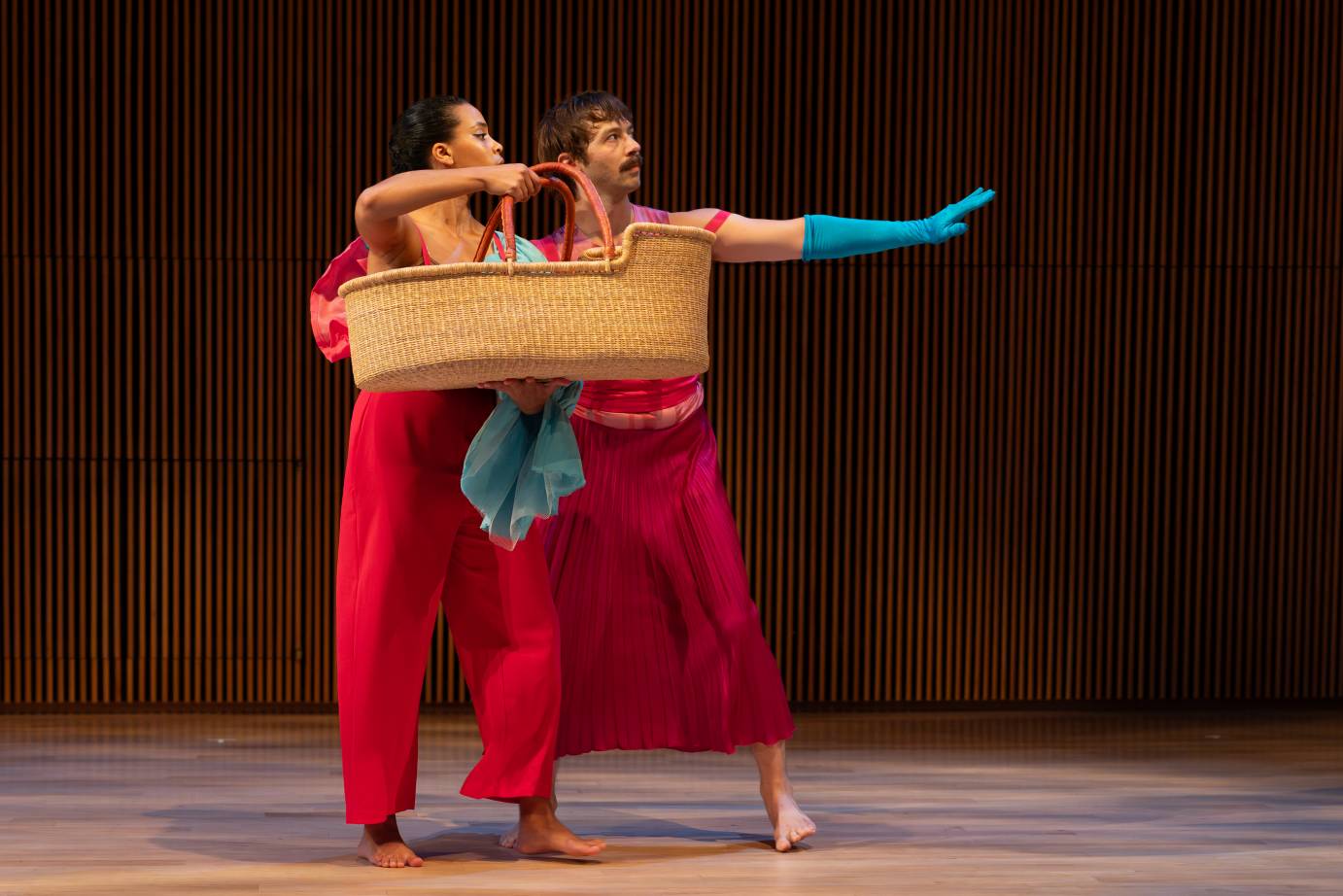
Lavagnino stays true to the play’s original arc which gives audiences a clear path to follow. However, unlike Shakespeare’s version, several roles in Lavagnino’s ballet are portrayed by gender opposites. Dancer Justin Faircloth as Paulina, Hermoine’s friend, is as warm and thoughtful as Leontes is cold and unmoving. His hands carve through the air with a tenderness and solemnity that gives density to the invisible. The fact that a male dancer represents a prominent female character does not confuse the narrative. Rather, it serves to highlight the magnitude of emotional depth inherent in the human experience regardless of associated gender norms, something Lavagnino aspires to do in all of her works.
In fact, swapping gender roles reinforces Lavagnino’s opening statements that urged audiences to watch The Winter’s Tale through their own unique lenses. Rather than being bogged down identifying each character, audiences are free to allow the story’s overall emotional tenor to wash over them. In the end, as Leontes and his exiled daughter are reunited, a statue of Hermoine comes to life and the court returns to the sprightly, carefree dancing of the opening, that tenor is one of reconciliation and second chances.




